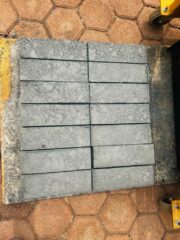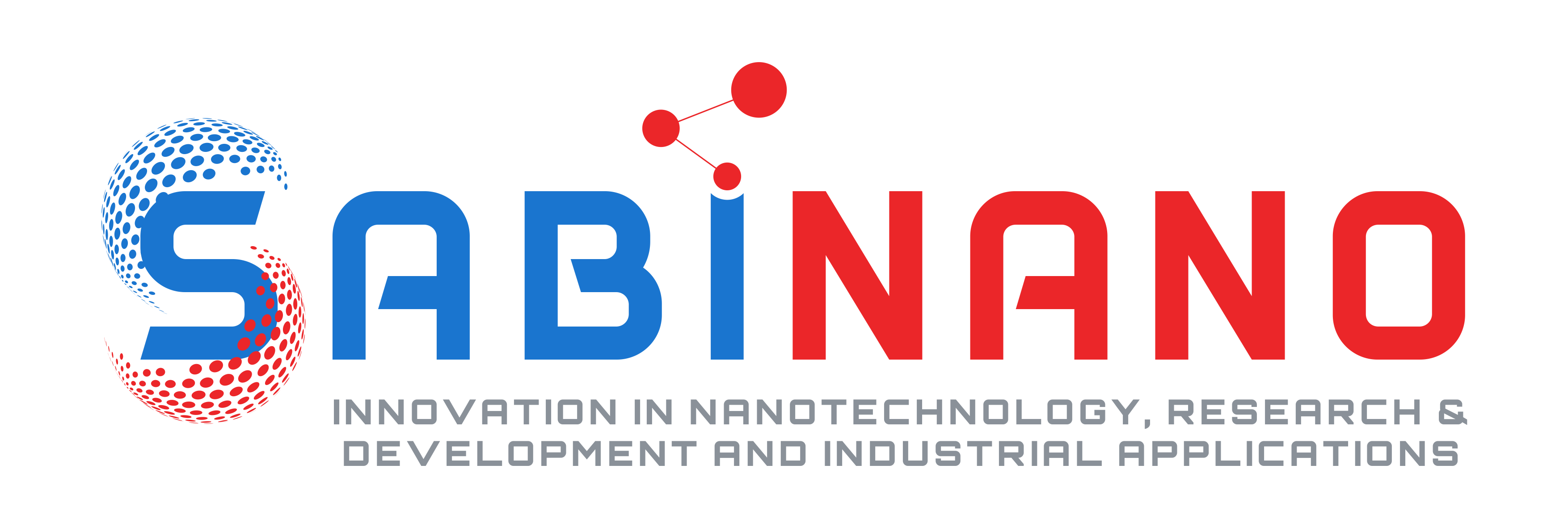Research and innovation (R&I) are important for the sustainability of SabiNano and for generating new business by harnessing matter at the nanometre scale to generate new products. In this regard, we have partnerships with other industries and organizations to carry out projects that will result in the commercialization of new products based on nanotechnology.
The founder and partners of the company have solid experience in nanotechnology research and its applications. Areas of nanotech application interest for the company include the water, energy, agriculture, health, automotive, coating, electronic, building and construction, defence/security, speciality chemicals, and advanced materials sectors. We are developing some specific technologies that will address problems facing our society and the world in these areas.
Besides, developing new products the division continuously carries out research to improve or manufacturing processes, quality assessment, safety, and environmental aspects of our products. The team is made up of doctoral and post-doctoral researchers and experienced scientists.
Some applications of carbon nanotubes and graphene
Carbon nanotubes, graphene and related materials possess unique physical, chemical, thermal, and electronic properties. Some real and potential applications of these fascinating materials include energy storage, lightweight, thin, flexible and strong composites, device modelling, automotive parts, boat hulls, sporting goods, water filters, thin-film electronics, coatings, actuators and electromagnetic shields, electric/photonics circuits, solar cells, catalyst supports, conductive plastics and adhesives, and various biotech, medical, chemical and industrial processes.

Harnessing the Water-Energy-Food (WEF) Nexus with Nanotechnology
Water, energy and food are essential for human well-being, poverty reduction and sustainable development (Food and Agricultural Organization, 2014). Each of the three sources is inter-related in a complex system, which has been referred to as the water-energy-food (WEF) nexus. This nexus suggests that if anyone of these resources is not available or generates harmful waste, then one or both of the other are affected. In South Africa (SA), water and energy problems are reaching their peak, and these have been manifested by regular electricity blackouts, violent protests from communities demanding availability of clean water and sanitation services, as well as severe droughts experienced throughout the country between 2015 – 2018. These drastic climate changes left us with no option but to do a self-introspection into how we use our resources and how we can be better prepared for climate change and its consequences thereof. Indeed, when there is no rain (water), we cannot have food, and if we have to use alternative sources of water, like seawater, current processes like desalination require a lot of energy, which is a scarce commodity in the region. It is this clear that all the three sectors – water, energy and food are inextricably linked and that actions in one area often have impacts in one or both of the others. Besides developing energy-efficient systems and technologies, as well as using clean/green forms of energy for domestic, agricultural and industrial use, it is also imperative to develop tools/indicators that will help us understand if we are making any progress in eradicating or overcoming the problems associated with the nexus since these have a direct impact on the sustainable development of our countries.

The South African Department of Water Affairs and Sanitation (DWS) has a National Water Resource Strategy (NWRS) that outlines a government strategy that ensures water sustainability and increasing infrastructure and sanitation services (National Water Resource Strategy, 2012). The most worrying information from the NWRS is that with the available water resources, demand for water in SA will exceed supply by 2025. Therefore there is an urgent need for well-managed water resource management and water services provision, providing the right quality and quantity to all citizens. The ability to produce clean water and fertilizers/nutrients for food crops from waste sources can be a meaning contribution to the challenges of water, energy and food in SA. The WEF nexus is a cross-sectoral and holistic approach for resource planning and management. Its implementation alleviates the transfer of challenges from one sector to others. Pressure on water, energy and food continues to escalate due to climate change, population growth, migration, and urbanisation. This has a bearing on our quest to achieve the Sustainable Development Goals (SDGs). The WEF nexus has been recognised as a key tool for both national and regional integration and development as well as the actual achievement of the national SDG targets.
Nanotechnology is a fast-growing field in research and industry with more applications discovered daily in this fourth industrial revolution (4IR). Our approach is to apply green chemistry and engineering principles to nanotechnology (green nanotechnology) and to use a renewable energy source (e.g. solar, wind, biomass) in addressing problems associated with the WEF nexus. Our team consists of experts with a wealth of experience in nanotechnologies (including carbon nanotechnology) and product development. Innovation is key for us in developing products and technologies to solve problems associated with the nexus and materials-based technological problems.
- Ultra-strong lightweight eco-nanobricks
Our R&I team in partnership with Dziphathu Green Technologies and Wits University has developed cheaper building and paving bricks from waste materials that are strengthened by our carbon nanotubes (CNTs). The bricks, made without water and cement, possess properties that are superior to conventional brick available in the market, and they are made cheaper. See pictures below.

Waste-derived building nano-bricks

